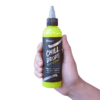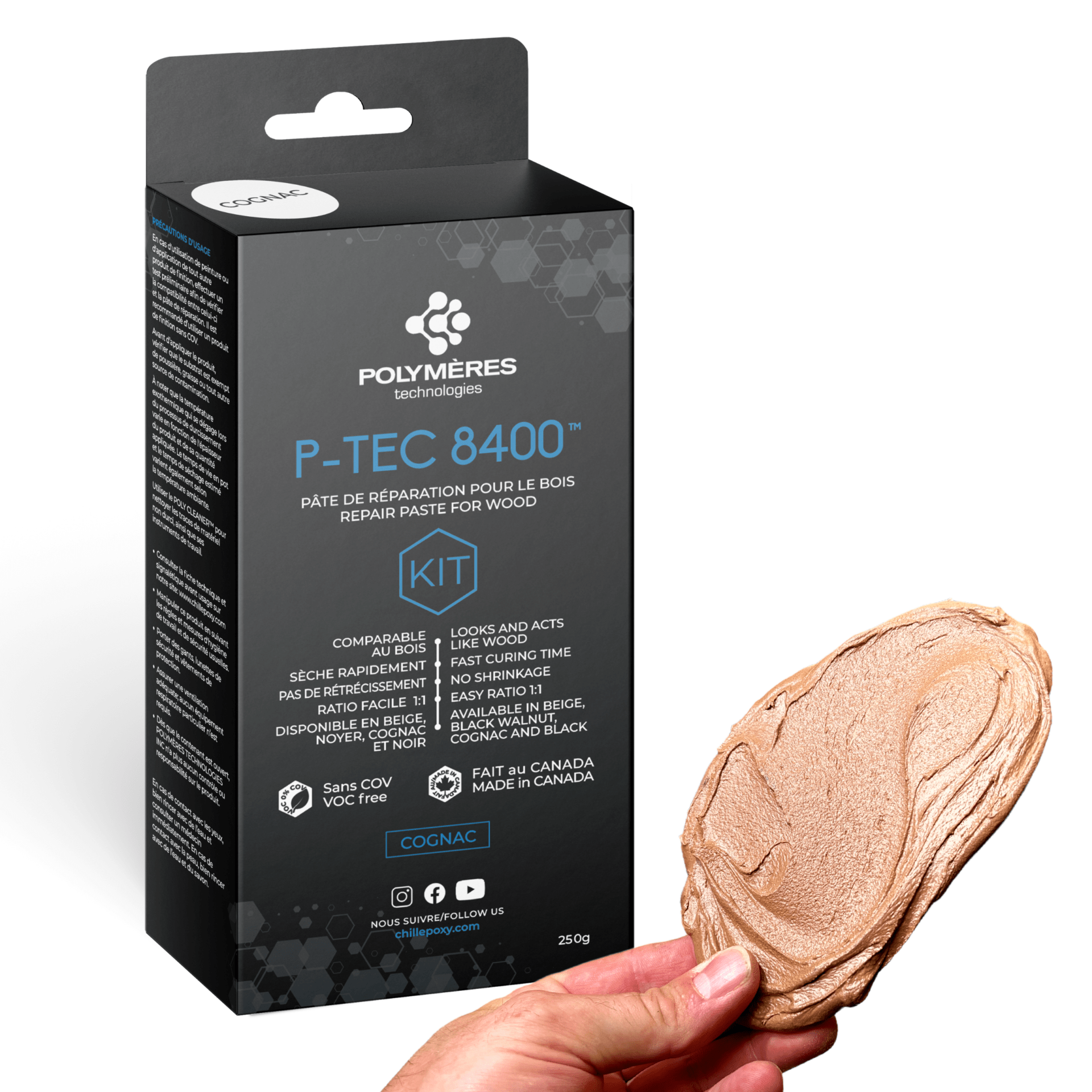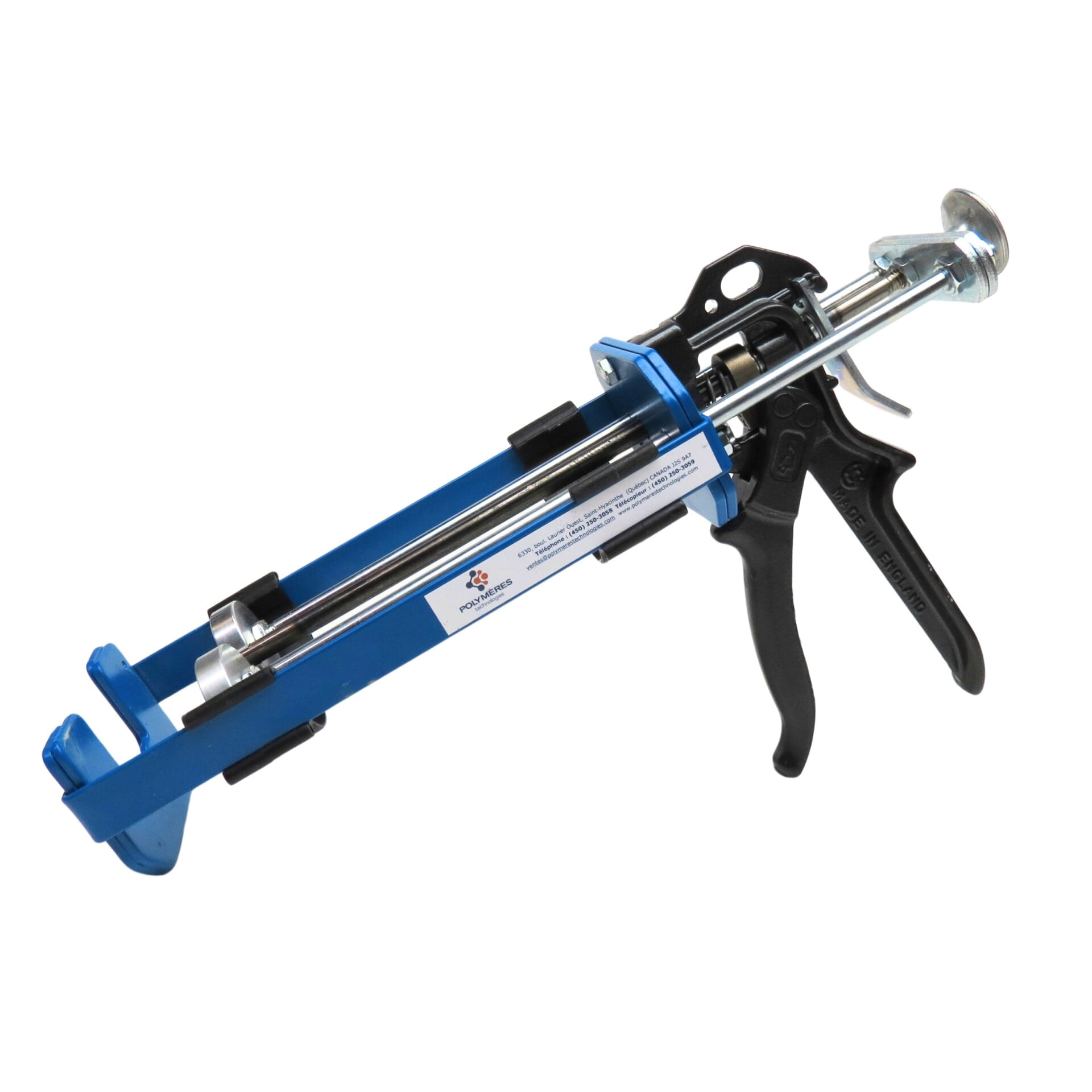Blog
Top 10 Epoxy Resin Mistakes
Top 10 Epoxy Resin Mistakes: Avoid These Common Pitfalls for Successful Projects
Are you a DIY enthusiast or a professional looking to create stunning epoxy resin projects? Epoxy resin has gained immense popularity in recent years due to its versatility and aesthetic appeal. However, there are certain mistakes that can turn your project into a disaster if not handled properly. In this comprehensive guide, we will explore the top 10 epoxy resin mistakes and provide expert advice on how to avoid them. From using the wrong product for the application to improper mixing and curing, we’ll cover it all. So, let’s dive in and ensure your epoxy resin projects turn out beautifully every time!
Table of Contents
- Introduction
- Top 10 Epoxy Resin Mistakes: Include in the Top 10
- Mistake #1: Not Using the Right Product for the Right Application
- Mistake #2: Improper Mixing Techniques
- Mistake #3: Using the Wrong Tools
- Mistake #4: Insufficient Curing Time
- Mistake #5: Poor Surface Preparation
- Mistake #6: Not Considering Environmental Factors
- Mistake #7: Ignoring Safety Precautions
- Mistake #8: Rushing the Application Process
- Mistake #9: Overlooking the ratio
- Mistake #10: Lack of Patience and Attention to Detail
- FAQs
- FAQ #1: Can I use any epoxy resin for any project?
- FAQ #2: How do I ensure proper mixing of epoxy resin?
- FAQ #3: What are the essential tools required for epoxy resin projects?
- FAQ #4: How long should I let epoxy resin cure?
- FAQ #5: Why is surface preparation important in epoxy resin projects?
- FAQ #6: What safety precautions should I take while working with epoxy resin?
- Conclusion
Introduction
Epoxy resin has become a popular choice for a wide range of projects, including artwork, furniture, countertops, and more. Its ability to create a glossy, glass-like finish makes it a sought-after material. However, achieving flawless results requires a good understanding of the material and the correct application techniques.
In this article, we will discuss the top 10 epoxy resin mistakes that beginners and even experienced users often make. By understanding and avoiding these pitfalls, you can ensure your epoxy resin projects turn out as intended. So, let’s explore these mistakes and learn how to steer clear of them.
Top 10 Epoxy Resin Mistakes: Include in the Top 10
Mistake #1: Not Using the Right Product for the Right Application
One of the most common mistakes when working with epoxy resin is not selecting the right product for your specific project. Epoxy resins come in various formulations, each designed for specific applications such as casting, coating, or laminating. Using the wrong epoxy resin can lead to poor results, such as improper curing, weak bonds, or a finish that may not hold up over time.
To avoid this mistake, carefully read the product labels and specifications. Ensure that the epoxy resin you choose is suitable for your intended use. If you’re uncertain, consult with the manufacturer or seek expert advice. Taking the time to select the right product will significantly increase your chances of success.
Mistake #2: Improper Mixing Techniques
Proper mixing is crucial for achieving the desired results with epoxy resin. Inadequate or incorrect mixing can result in uneven curing, sticky or tacky surfaces, or weak bonds. Many beginners make the mistake of not thoroughly mixing the resin and hardener, leading to an incomplete chemical reaction.
To ensure proper mixing, follow the manufacturer’s instructions carefully. Use measuring tools and ratios specified by the product. Mix the components in a clean container, scraping the sides and bottom thoroughly. Consider using a mechanical mixer or stirring tool for larger batches. Taking the time to mix the epoxy resin properly will enhance its performance and durability.
Mistake #3: Using the Wrong Tools
Using improper tools for epoxy resin projects can make the process more challenging and compromise the final outcome. Common mistakes include using the wrong brushes, rollers, or spreaders, which can leave behind visible marks, streaks, or trapped air bubbles.Using improper tools for epoxy resin projects can significantly impact the final outcome of your creations. One common mistake is using a wood stick to mix the epoxy. Wood sticks can introduce impurities and can even break apart while mixing, leaving debris in the resin. Instead, opt for a metal spatula, which is sturdy and easy to clean. Another important consideration is the choice of containers.
Plastic containers that are flat and do not have rings or tricky areas where the epoxy or resin could get stuck are ideal. This ensures easy pouring and minimizes wastage. By using the right tools, such as a metal spatula and appropriate plastic containers, you can enhance your epoxy resin projects and achieve smoother, more professional results.
When working with epoxy resin, invest in high-quality tools specifically designed for this purpose. Look for brushes with soft, synthetic bristles that won’t shed or leave marks. Use foam rollers or squeegees for even application and to minimize air bubbles. Having the right tools at hand will make your epoxy resin projects much smoother and more enjoyable.
Mistake #4: Insufficient Curing Time
Rushing the curing process is a mistake that can lead to numerous problems. Epoxy resin requires adequate time to cure and harden properly. Failing to allow sufficient curing time can result in a sticky or soft surface, improper bonding, or a finish that may not withstand everyday use.
Always refer to the manufacturer’s guidelines for the recommended curing time. Factors such as temperature and humidity can affect the curing process, so be sure to consider these as well. Remember, patience is key when working with epoxy resin. Allowing ample time for curing will ensure the best possible results.
Mistake #5: Poor Surface Preparation
Neglecting proper surface preparation is a grave mistake that can jeopardize the adhesion and longevity of your epoxy resin project. A poorly prepared surface can lead to peeling, bubbling, or delamination of the epoxy resin.
Before applying epoxy resin, ensure that the surface is clean, dry, and free from any contaminants such as dust, grease, or old coatings. Sand the surface to create a rough texture that promotes better adhesion. Take the time to mask off any areas that you don’t want the epoxy resin to cover. Proper surface preparation is a crucial step in achieving professional-looking results.
Mistake #6: Not Considering Environmental Factors
Epoxy resin projects can be affected by environmental factors such as temperature and humidity. Ignoring these factors can lead to complications during the application and curing process.
Epoxy resin has a recommended temperature range within which it should be applied and cured. Working outside this range can result in improper curing, longer curing times, or even complete failure of the resin. Additionally, high humidity levels can cause the formation of moisture bubbles or a cloudy appearance in the resin.
Be mindful of the temperature and humidity conditions in your workspace before starting an epoxy resin project. Follow the manufacturer’s recommendations and, if necessary, create a controlled environment using heaters, dehumidifiers, or air conditioning. This attention to environmental factors will help you achieve the best possible results.
Mistake #7: Ignoring Safety Precautions
Safety should always be a top priority when working with epoxy resin. Failing to take necessary precautions can result in skin irritation, eye damage, or respiratory issues.
Always wear appropriate personal protective equipment (PPE) such as gloves, goggles. Keep the work area clean and dispose of any waste materials properly. Following safety guidelines ensures not only your well-being but also the success of your epoxy resin projects.
Mistake #8: Rushing the Application Process
Applying epoxy resin requires careful attention to detail and a methodical approach. Rushing through the application process is a mistake that can lead to uneven coverage, trapped air bubbles, or surface imperfections.
Take your time to apply the epoxy resin evenly and methodically. Use long, even strokes to spread the resin, ensuring complete coverage. Pay close attention to edges and corners, as these areas are prone to air bubble formation. If necessary, use a heat gun or a torch to gently remove any air bubbles that may have formed. By taking your time and working patiently, you can achieve a flawless finish.
Mistake #9: Overlooking the ratio
Overlooking the epoxy resin ratio is a common mistake that can have detrimental effects on your projects. The ratio of resin to hardener is crucial for proper curing and achieving the desired properties of the epoxy resin. Each epoxy resin product has a specific ratio that needs to be followed for optimal results. Neglecting to measure and mix the components in the correct proportions can lead to issues such as incomplete curing, tacky surfaces, or weak bonds.
It is essential to carefully read and follow the manufacturer’s instructions regarding the resin ratio to ensure the best possible outcome for your epoxy resin projects. Taking the time to measure and mix the components accurately will result in a strong, durable, and visually appealing finished product.
Mistake #10: Lack of Patience and Attention to Detail
Epoxy resin projects require patience and attention to detail. Rushing through the process or neglecting the finer details can lead to unsatisfactory results.
Pay close attention to every step of the epoxy resin application process. Follow the manufacturer’s instructions meticulously, double-check measurements, and ensure thorough mixing. Take the time to remove any air bubbles, level the surface, and clean up any drips or excess resin. By practicing patience and focusing on the details, you can achieve professional-quality epoxy resin projects.
FAQs
FAQ #1: Can I use any epoxy resin for any project?
No, not all epoxy resins are suitable for every project. Different formulations cater to specific applications such as casting, coating, or laminating. It is crucial to choose an epoxy resin that is compatible with your project’s requirements to ensure optimal results. Always refer to the manufacturer’s recommendations and product specifications.
FAQ #2: How do I ensure proper mixing of epoxy resin?
Proper mixing of epoxy resin involves following the manufacturer’s instructions and using the correct ratios. Use measuring tools to ensure accurate measurements, and mix the resin and hardener thoroughly in a clean container. Scrape the sides and bottom of the container to ensure complete blending. Consider using a mechanical mixer or stirring tool for larger batches. Take your time to mix the components properly for the best results.
FAQ #3: What are the essential tools required for epoxy resin projects?
Some essential tools for epoxy resin projects include brushes, rollers, spreaders, mixing containers, and heat guns or torches. Brushes should have soft, synthetic bristles to ensure a smooth application. Foam rollers or squeegees help achieve even coverage and minimize air bubbles. Mixing containers should be clean and of appropriate size. Heat guns or torches can be used to remove air bubbles. Invest in high-quality tools designed specifically for epoxy resin projects for the best results.
FAQ #4: How long should I let epoxy resin cure?
The curing time for epoxy resin varies depending on the product and environmental conditions. Always refer to the manufacturer’s guidelines for the recommended curing time. Factors such as temperature and humidity can affect the curing process. It is crucial to allow sufficient time for the epoxy resin to cure to ensure optimal hardness and durability.
FAQ #5: Why is surface preparation important in epoxy resin projects?
Proper surface preparation is vital for epoxy resin projects as it promotes better adhesion and enhances the overall durability of the finished project. Cleaning the surface thoroughly removes any contaminants that can interfere with the epoxy resin’s bonding. Sanding the surface creates a rough texture that allows the resin to grip and adhere better. By investing time in surface preparation, you can ensure a successful and long-lasting epoxy resin project.
FAQ #6: What safety precautions should I take while working with epoxy resin?
Working with epoxy resin requires certain safety precautions to protect yourself and others. Always wear gloves, goggles, and a respirator mask to shield your skin, eyes, and respiratory system from potential hazards. Work in a well-ventilated area or use an exhaust fan to minimize fumes. Dispose of waste materials properly and keep your workspace clean. Follow all safety guidelines provided by the manufacturer and prioritize your safety at all times.
Conclusion
Avoiding the top 10 epoxy resin mistakes is crucial for achieving successful and visually stunning projects. By using the right product for the right application, ensuring proper mixing and curing, using the correct tools, and paying attention to detail, you can elevate your epoxy resin projects to a professional level. Remember to always prioritize safety and take the time to prepare surfaces adequately. With the knowledge and insights provided in this guide, you are well-equipped to embark on your epoxy resin projects with confidence and create beautiful, long-lasting pieces.













































